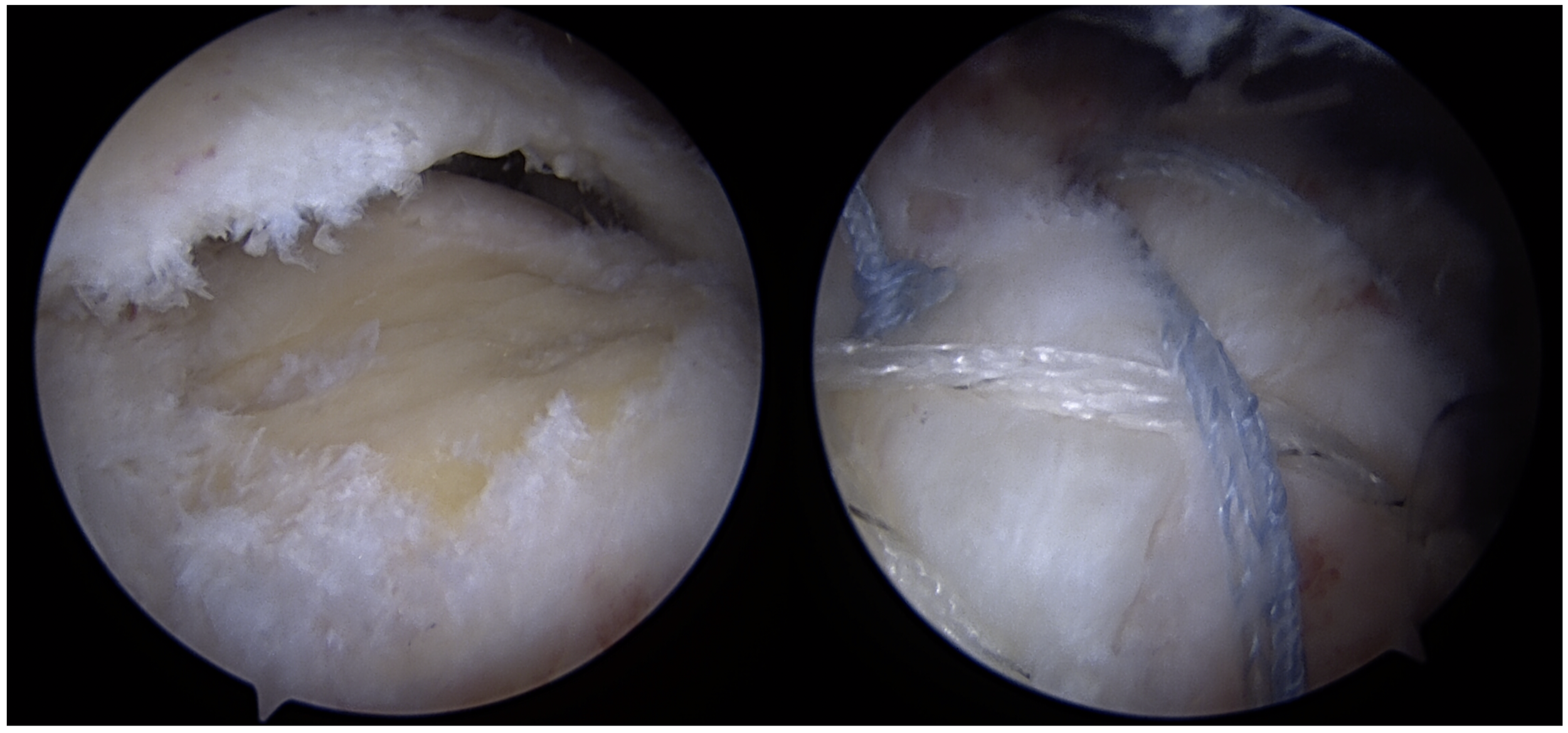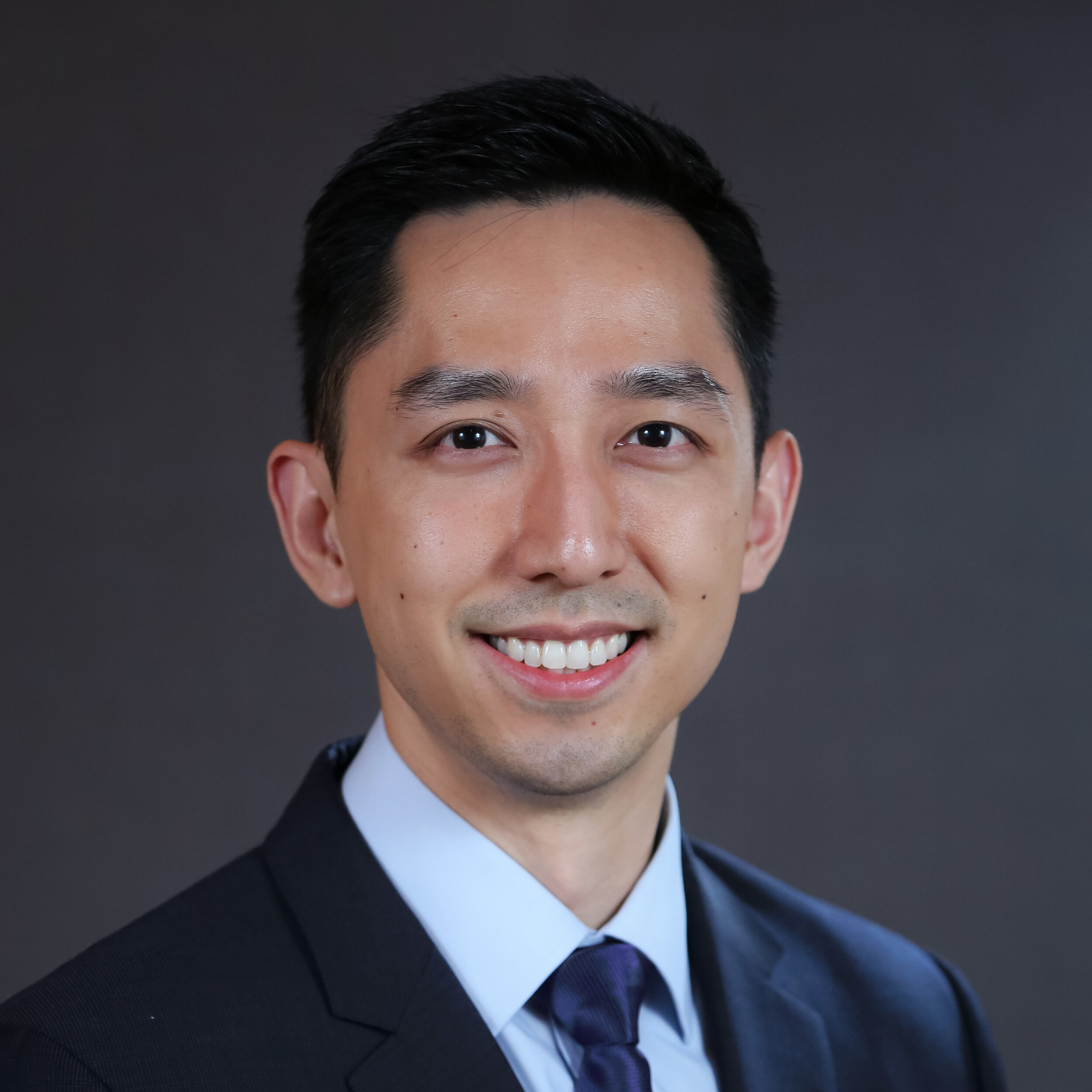Michael Fu, MD
Journal Club is a recurring series where we highlight the latest orthopedic shoulder research, and discuss potential applications and ramifications for our patients.
Title
Return to sport after rotator cuff tear repair: A systematic review and meta-analysis
Authors
Shahnaz Klouche, MD, Nicholas Lefevre, MD, Serge Herman, MD, Antoine Gerometta, MD, Yoann Bohu, MD
Journal
American Journal of Sports Medicine. Volume 44, Issue 7. August 27, 2015.
Abstract
Background
One of the most frequent demands from athletes after rotator cuff tear repair is to return to sport, if possible at the same level of play.
Purpose
The main goal of this study was to determine the rate of return to sport after treatment of rotator cuff tears.
Study Design
Meta-analysis and systematic review.
Methods
The PRISMA (Preferred Reporting Items for Systematic Reviews and Meta-Analyses) guidelines were followed to perform this systematic review and meta-analysis of the results in the literature, as well as for the presentation of results. A search of the literature was performed on the electronic databases MEDLINE, Scopus, EMBASE, and the Cochrane Library. The quality of the included studies was evaluated according to the MINORS (Methodological Index for Nonrandomized Studies) checklist. Inclusion criteria were studies in English evaluating return to sport after treatment of traumatic, degenerative, partial or full-thickness rotator cuff tears in patients practicing a sport regularly, whatever the level, all ages and sports included. The main judgment criterion was the number of patients who returned to a sports activity after treatment of a rotator cuff tear. The criterion was analyzed in 2 ways: return to sport (yes/no) and the level of play (identical or higher/lower level).
Results
Twenty-five studies were reviewed, including 859 patients (683 athletes), all treated surgically after a mean follow-up of 3.4 years (range, 0.3-13.4 years). The level of sports was recorded in 23 studies or 635 (93%) athletes and included 286 competitive or professional athletes and 349 recreational athletes. The most commonly practiced sports were baseball (224 participants), tennis (104 participants), and golf (54 participants). The overall rate of return to sport was 84.7% (95% CI, 77.6%-89.8%), including 65.9% (95% CI, 54.9%-75.4%) at an equivalent level of play, after 4 to 17 months. Of the professional and competitive athletes, 49.9% (95% CI, 35.3-64.6%) returned to the same level of play.
Conclusion
Most recreational athletes return to sports at the same level of play as before their injury, but only half of professional and competitive athletes return to an equivalent level of play.
Keywords
Return to sport, rotator cuff tear repair, professional athletes, systematic review, meta-analysis
Discussion - Return to Sport After Shoulder Rotator Cuff Repair Surgery
The shoulder joint is a complex structure that includes bones, ligaments, tendons, and muscles, which provide the joint with incredible range of motion and function. This range of motion, however, comes at the expense of inherent joint stability. Compared to the hip joint, for example, the bony socket of the shoulder (glenoid) is much smaller and flatter, thus providing much less bony stability.
To compensate for this lower degree of static shoulder stability, the rotator cuff provides significant dynamic stability to the shoulder joint. The rotator cuff is a set of four muscles and tendons that surround the ball and socket of the shoulder, and acts to pull the head into the socket, thus keeping it stable and centered through shoulder function. The rotator cuff is also an initiator of a number of critical shoulder movement as well, such as lifting your arm away from the body, reaching behind your back, and external rotation.
As detailed in our rotator cuff tear page, through a combination of intrinsic and extrinsic factors, rotator cuff tears are a common cause of shoulder dysfunction. Symptoms often include significant pain, weakness, loss of range of motion, and sleep disturbance. These symptoms affect patients’ ability to participate in sports and other recreational activities as well. Unfortunately, if symptoms persist despite non-operative treatments such as physical therapy, injections, rest, and pain medications, surgery to repair the rotator cuff and other structures in the shoulder may be necessary.
Intra-operative image during shoulder arthroscopic rotator cuff repair surgery.
During rotator cuff repair surgery, the torn tendon is compressed against the bone using sutures and anchors. To achieve a good, lasting outcome after surgery, however, requires biological healing to occur between the bone and the tendon. This healing process occurs uneventfully for most patients, but for some, the tendon fails to heal after surgery, and the risk of failure is associated with factors such as older age, osteoporosis, more chronic tears, re-injury, smoking, and diabetes, among others.
In our practice, many of our patients undergoing shoulder rotator cuff repair are recreational or competitive athletes. One of the most important discussions we have before surgery resolves around the probability of being able to return to their activities and sports after surgery.
The study highlighted above provides useful data to help guide these surgical discussion. In this meta-analysis of 859 patients treated for rotator cuff tears, the authors found that 84.7% of patients were able to return to sport, with 65.9% able to return to their previous level of play. Among higher level competitive and professional athletes, however, there was a lower rate (49.9%) of patients returning to their previous level of sports.
Whether someone is able to return to sport after rotator cuff repair surgery is based on a number of different factors, including surgical factors as discussed previously, as well as the specific sports and activities that the patient wants to return to. From a surgical standpoint during rotator cuff repair, if the tendon quality is poor and the patient is hoping to return to high level sports, we may consider augmenting the tendon repair with allograft, which is tissue from an organ donor. Physical therapy also plays a critical role, initially with regaining range of motion and strength, and then more importantly helping patients achieve sport-specific function.
About the Author
Dr. Michael Fu is an orthopedic surgeon and shoulder specialist at the Hospital for Special Surgery (HSS) in New York City (NYC) and New Jersey (NJ), the best hospital for orthopedics as ranked by U.S. News & World Report. Dr. Fu is an expert at shoulder rotator cuff repair surgery, shoulder instability surgery, and shoulder replacement. Dr. Fu was educated at Columbia University and Yale School of Medicine, followed by orthopedic surgery residency at HSS and sports medicine & shoulder surgery fellowship at Rush University Medical Center in Chicago. He has been a team physician for the Chicago Bulls, Chicago White Sox, DePaul University, and NYC’s PSAL.
Disclaimer: All materials presented on this website are the opinions of Dr. Michael Fu and any guest writers, and should not be construed as medical advice. Each patient’s specific condition is different, and a comprehensive medical assessment requires a full medical history, physical exam, and review of diagnostic imaging. If you would like to seek the opinion of Dr. Michael Fu for your specific case, we recommend contacting our office to make an appointment.


